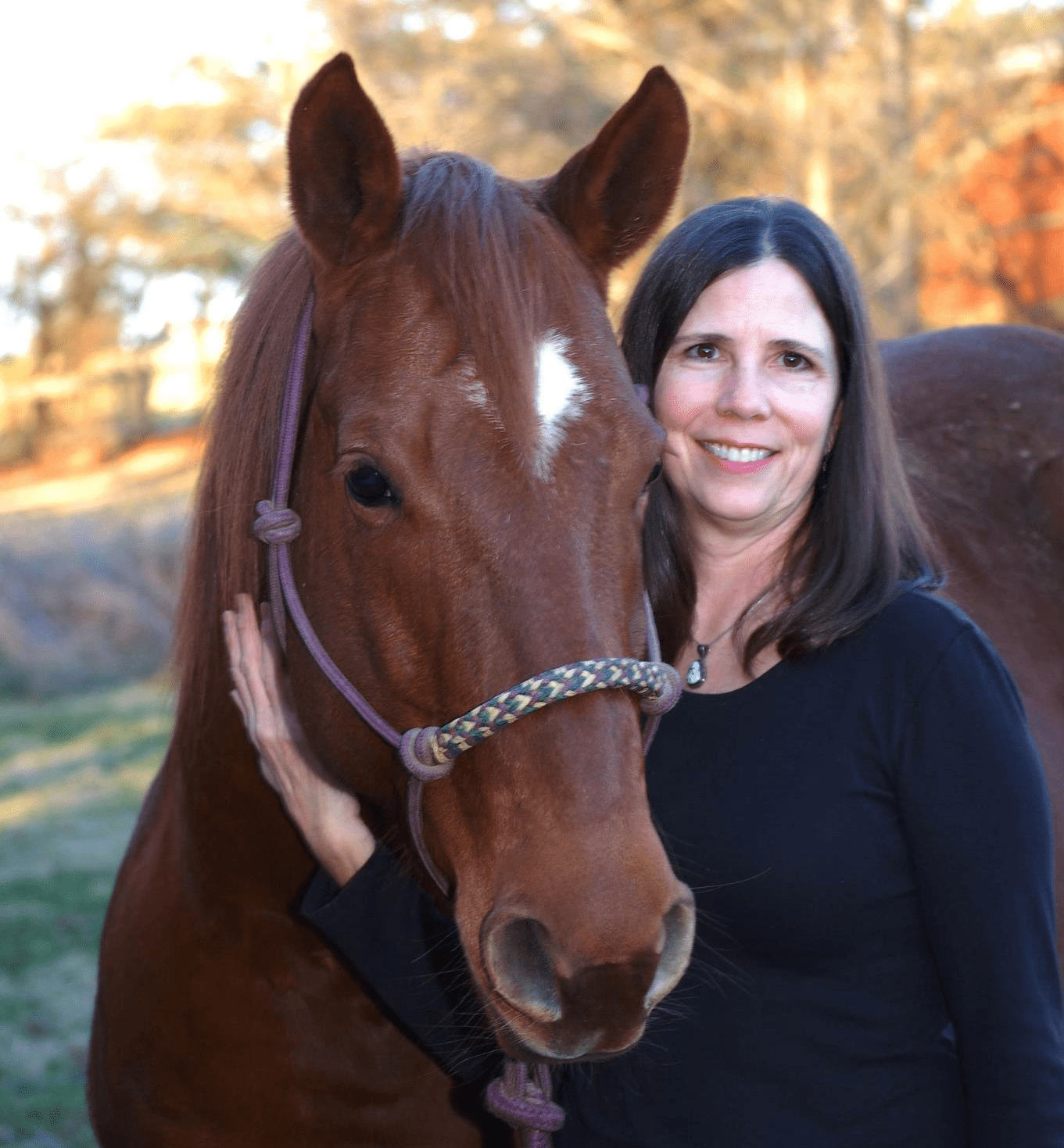Since its discovery in 1977, contagious equine metritis (CEM) has been a source of considerable concern for many countries because of the ease with which it can be spread internationally through carrier stallions or mares, said Peter Timoney,”P>Since its discovery in 1977, contagious equine metritis (CEM) has been a source of considerable concern for many countries because of the ease with which it can be spread internationally through carrier stallions or mares, said Peter Timon”>Since its discovery in 1977, contagious equine metritis (CEM) has been a source of considerable concern for many countries because of the ease with which it can be spread internationally through carrier stallions or mares, said Peter Tim”Since its discovery in 1977, contagious equine metritis (CEM) has been a source of considerable concern for many countries because of the ease with which it can be spread internationally through carrier stallions or mares, said Peter Ti”Since its discovery in 1977, contagious equine metritis (CEM) has been a source of considerable concern for many countries because of the ease with which it can be spread internationally through carrier stallions or mares, said Peter Ti”ince its disco












